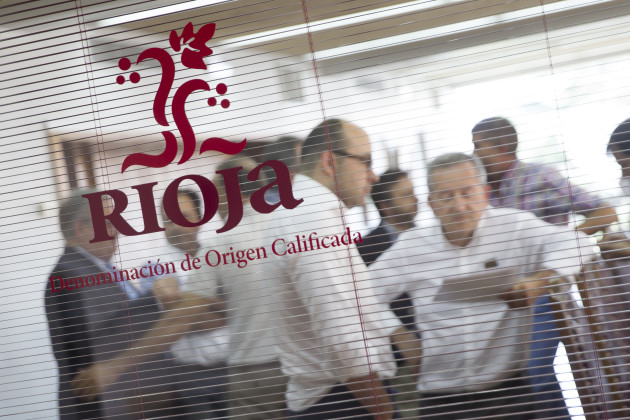
Villages and zone wines to be allowed in Rioja
The Rioja control board has given the nod for changes to be made to regulations which will give greater visibility to smaller geographical units.
The debate has been “long and challenging”, President of DOCa Rioja, Fernando Salamero, said.
But from now on, winemakers in the region will be allowed to specify Vinos "de Pueblo" and "de Zona”, or “villages” and “zone” wines on their labels.
This means that Rioja winemakers who have long been making wine as part of smaller municipalities will finally be able to put this on labels, bringing the region in line with Italy or Burgundy.
This follows the news back in June that the consejo had approved a new indication for Viñedos Singulare wines coming from a single vineyard of exceptional quality: and also the production of sparkling wines.
It took two years for single vineyard identification to be ratified by the control board.
But the question of traceability goes back much further than that.
A traceability procedure was introduced in 1998 when Rioja allowed the names of either municipalities or sub-regions: Rioja Alta, Rioja Alavesa and Rioja Baja.
The board has taken this one step further will the new regulations, which will allow winemakers to stipulate grapes picked from bordering locations, where up to 15% of the total grape volume will be allowed.
Winemakers will have to demonstrate a long-standing link to these vineyards, which will have to be permanent projects in order to prevent speculation.
Another new feature is the larger sizes allowed on the bottle for the names of towns or zones.
Until now, the size of these indications was limited to a maximum of two-thirds of the Rioja indication.
Now they can be represented on equal terms, but must not be larger than the name of the wine region.
Lastly, those making Vinos de Pueblo or “village wines” will have to employ and distinguish brand names for those wines.
These changes have been in the works for some time, and are part of the consejo’s “continuous improvement process” to keep up with demand for more information on labels and to reinforce Rioja’s position as a “quality wine benchmark in the world market”, the consejo said.
Part of this push has also been the review of the definitions the traditional Reserva and Gran Reserva categories.
A minimum bottle ageing period for the Reserva category is currently due to come into effect on January 1, 2019.
The consejo said the Rioja Wine renovation process is now complete with the introduction of Village and Zone Wines.




